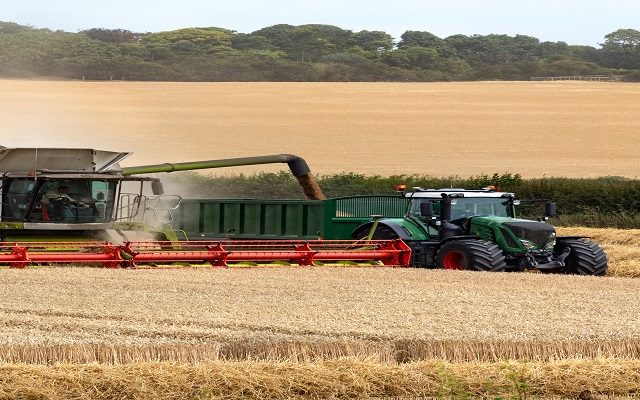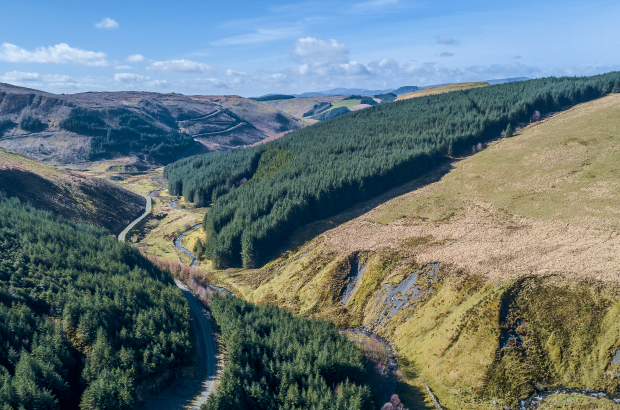New Farming Rules for Water
These rules, which apply across England from 2 April 2018, require farmers to apply good farming practice to manage their land to avoid water pollution and to save money by using fertilisers more effectively.
The rules were drawn up with farming and environment representatives, based on a consultation that started in 2015. The Government says that they are a first step towards a new approach to regulating farming, that might be adopted more widely in the future, with rules that are outcome-focused and risk based – they require land managers to take reasonable precautions (so practical and reasonable actions) to prevent pollution from occurring.
Currently farmers and land owners are governed by the NVZ rules or should abide by the Codes of Good Agricultural Practice for Water, Air and Soils if not in NVZ areas. These new rules formalise the requirements across the whole of England, regardless of whether the land is part of an NVZ or not.
A copy of the full rules is available at the link in the footnote (11 pages). It includes useful guidance on how to check and prove compliance with the rules.
Please call me or a member of my team if you would like any advice or assistance in making sure you comply with the rules or on efficient nutrient planning and buying.
RULE 1: PLANNING USE OF MANURES AND FERTILISERS
Application of organic manures and manufactured fertilisers to cultivated land must be planned in advance to meet soil and crop nutrient needs and not exceed these levels. The planning should be based on:
1. NEW Soil tests, which must be done at least every 5 years (for Phosphorus, Potassium, Magnesium, pH and Nitrogen) . Soil Nitrogen levels may be determined by assessing the soil Nitrogen supply instead of testing the soil.
2. Whether there is “significant risk of pollution”, considering:
- the slope of the agricultural land, especially if the slope is greater than 12 degrees
- any ground cover
- the proximity to inland fresh waters and coastal waters
- the proximity to wetlands
- the weather conditions and weather forecasts
- the soil type and condition
- the presence and condition of agricultural land drains
RULE 2: STORING ORGANIC MANURES
Organic manures must not be stored on land:
- within 10 metres of inland freshwaters or coastal waters
- where there is significant risk of pollution entering inland freshwaters or coastal waters
- within 50 metres of a spring, well or borehole
RULE 3: APPLYING MANURES OR FERTILISERS
Organic manures or manufactured fertilisers must not be applied:
- if the soil is waterlogged, flooded, or snow covered
- if the soil has been frozen for more than 12 hours in the previous 24 hours
- if there is significant risk of causing pollution
RULE 4: WHERE NOT TO APPLY ORGANIC MANURES
Organic manures must not be applied:
- within 10 metres of any inland freshwaters or coastal waters, or within 6 metres of inland freshwaters or coastal waters if precision equipment is used
- within 50 metres of a spring, well or borehole
RULE 5: WHERE NOT TO APPLY FERTILISER
Manufactured fertiliser must not be applied within 2 metres of inland freshwaters or coastal waters.
RULE 6: REASONABLE PRECAUTIONS TO PREVENT SOIL EROSION
You must take all reasonable precautions to prevent significant soil erosion and runoff from:
- the application of organic manure and manufactured fertiliser
- land management and cultivation practices (such as seedbeds, tramlines, rows, beds, stubbles (including harvested land with haulm), polytunnels and irrigation)
- poaching by livestock
RULE 7: PROTECTING AGAINST SOIL EROSION BY LIVESTOCK
Any land within 5 metres of inland freshwaters and coastal waters must be protected from significant soil erosion by preventing poaching by livestock.
RULE 8: POSITION OF LIVESTOCK FEEDERS
Livestock feeders must not be positioned:
- within 10 metres of any inland freshwaters or coastal waters
- within 50 metres of a spring, well or borehole
- where there is significant risk of pollution from poaching around the feeder entering any inland freshwaters or coastal waters
COMPLIANCE AND ENFORCEMENT
Most farmers are already likely to comply with the rules but they are responsible for making sure that they do comply, as failure to do so after April 2018 may result in an enforcement action, regulated by the Environment Agency, which could be advice, civil sanctions such as compliance notices, with prosecution reserved for where other enforcement actions have failed.






